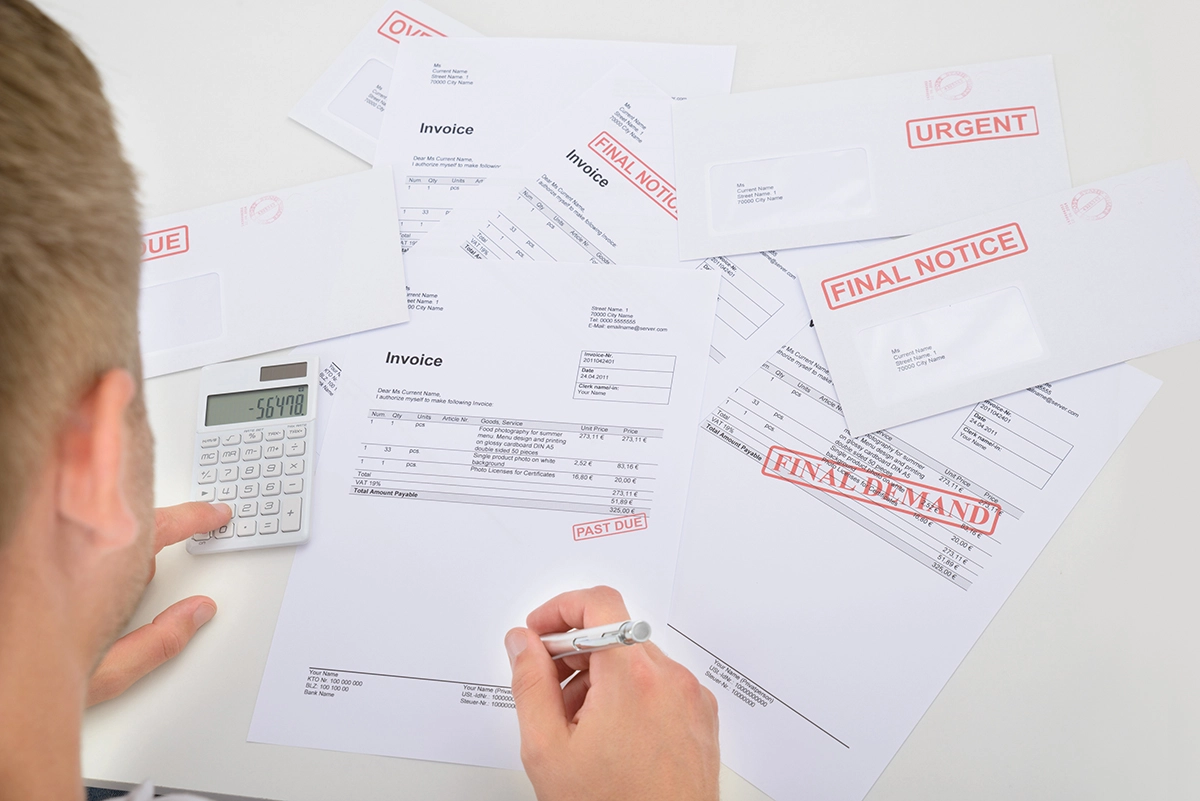Cash is the lifeblood of your company. You should watch it every day. There are two things to do to help you monitor your cash: check your bank statements every day and a weekly cash flow report.
First, check your bank balance on-line every day. Why? This is what happened to one of my clients:
Janine is the bookkeeper at my client’s company. She checks the balances and activities for the business accounts every day. One day Janine noticed two tiny deposits, each less than one dollar. She thought that the owner had set up another online account and just forgot to tell her.
She asked him whether he had set up any new online accounts. He said no. Janine thought the deposits were strange since no one at the company had requested new accounts. She never thought to call the bank. The next day the owner got a phone call from the bank asking whether they had authorized a $50,000 withdrawal from their account. Obviously, the answer was no and the bank shut down that account. That’s why those two deposits were made. A hacker was trying to see whether the account was real.
Always pay attention to cash coming in and going out. Cash is the first part of building wealth. It takes less than five minutes each day to see what deposits have cleared and what withdrawals were made. It’s very easy to set up ACH withdrawals so that you never sign a check for the withdrawal. Someone can forge your signature on the paperwork since it isn’t checked.
Make sure you recognize every withdrawal, whether it is by check, counter check or ACH withdrawal. If you don’t recognize a withdrawal, start investigating to find out what it is.
Cash Flow Report
A weekly cash flow report helps you track the cash coming in and going out of your business that week and estimates the needs for the following week. Your bookkeeper puts this statement on your desk every Friday afternoon along with a copy of the company’s receivable and payable list.
They should take no longer than 15 minutes to prepare, assuming that accounts receivable and accounts payable are up to date.
Beginning cash is the cash you have at the start of the week: petty cash, cash in your operating checking accounts, payroll checking account, and money market funds. It is not stock investments or long-term investments. It’s cash. It’s what you’re using to cover checks you’ve written.
Next determine your cash receipts this week. You receive cash when your clients pay you for work performed; i.e. when you collect on sales. Collections on sales are in many forms. You may receive cash, credit card payments and checks. Each is tracked as a separate line item. Remember, cash is generated by its collections on sales — not sending the invoice to the customer.
Other inputs might include interest income or borrowing from the bank line of credit. There might be an investment in the business. There might be a sale of an asset where you received cash for that asset.
Total cash available is beginning cash plus all inputs are cash that the company receives this week.
Disbursements are cash going out of the company this week. Disbursements are the checks written for accounts payable, payroll, loan payments, purchases of inventory and other assets and payment of overhead expenses.
Ending cash is total cash available, minus disbursements. Ending cash must be positive. Without enough cash you need to decide which vendor isn’t getting paid. Sometimes those are the tough decisions. Have the courage to make them.
Once you calculate ending cash for the week, estimate collections and disbursements for the upcoming week.
Estimate accounts receivables that are going to be collected, payables and loan payments that must be paid, and what payroll will be. Then take ending cash for this week and subtract payroll for next week, disbursements for next week, and add to it expected collections for next week. The end result should be a positive number.
The weekly cash flow report forces your company to be current (up to date with entries) for receivables and payables entries each week. This makes it easier to produce timely monthly financial statements each month.
Your bookkeeper should put this statement on your desk each Friday afternoon. If that number is negative, i.e. you need more cash next week, it’s a lot easier to have a week to collect that cash rather than the bookkeeper knocking on your door on Thursday saying, “We don’t have enough to make payroll” and payroll is due on Friday.
Daily monitoring of your checking accounts and weekly monitoring of your cash flow helps you keep track of your cash.






